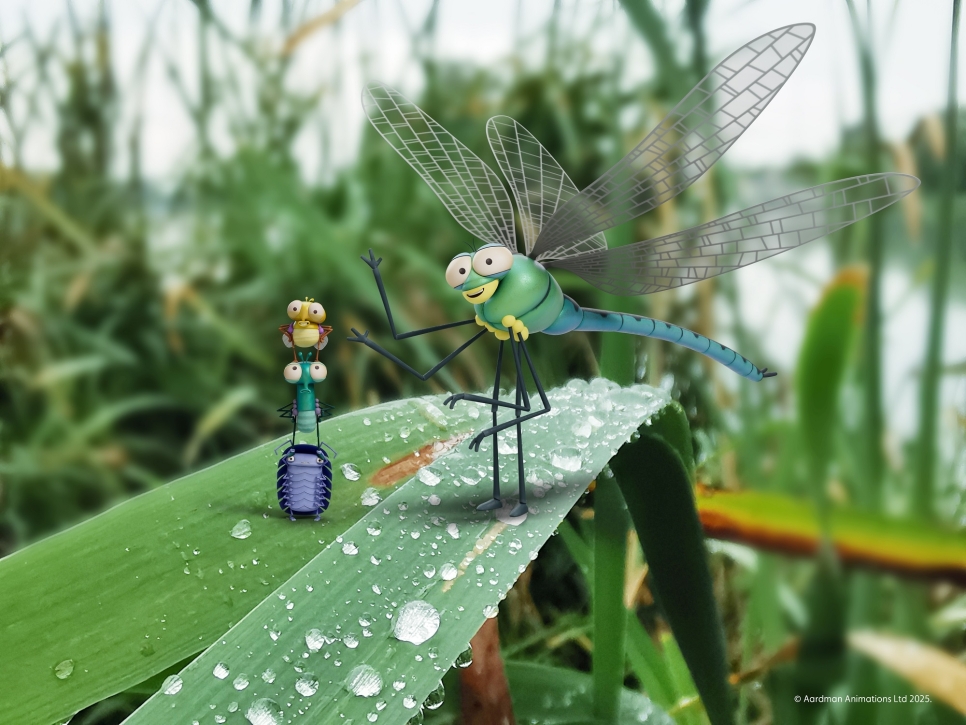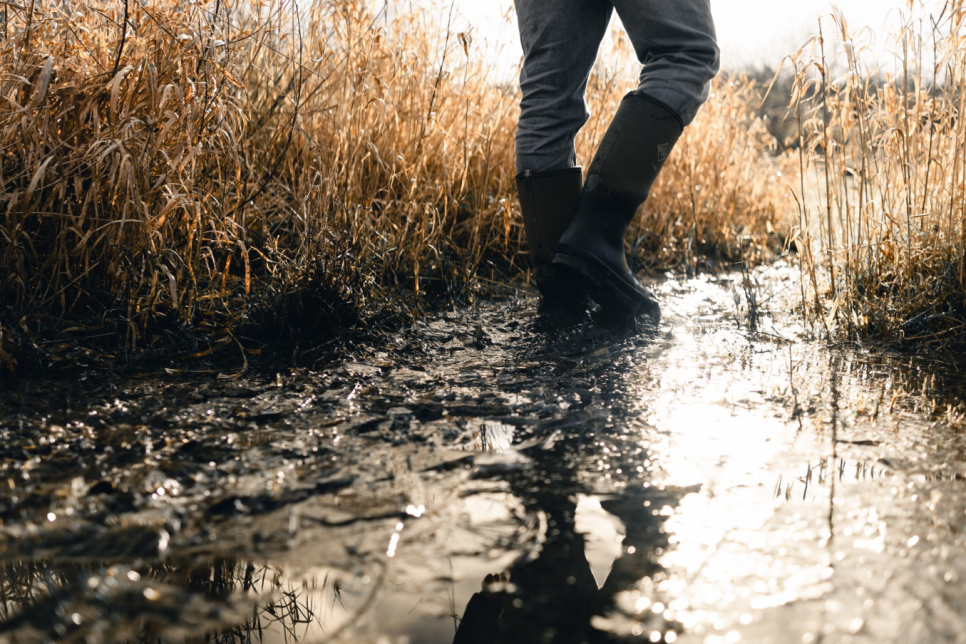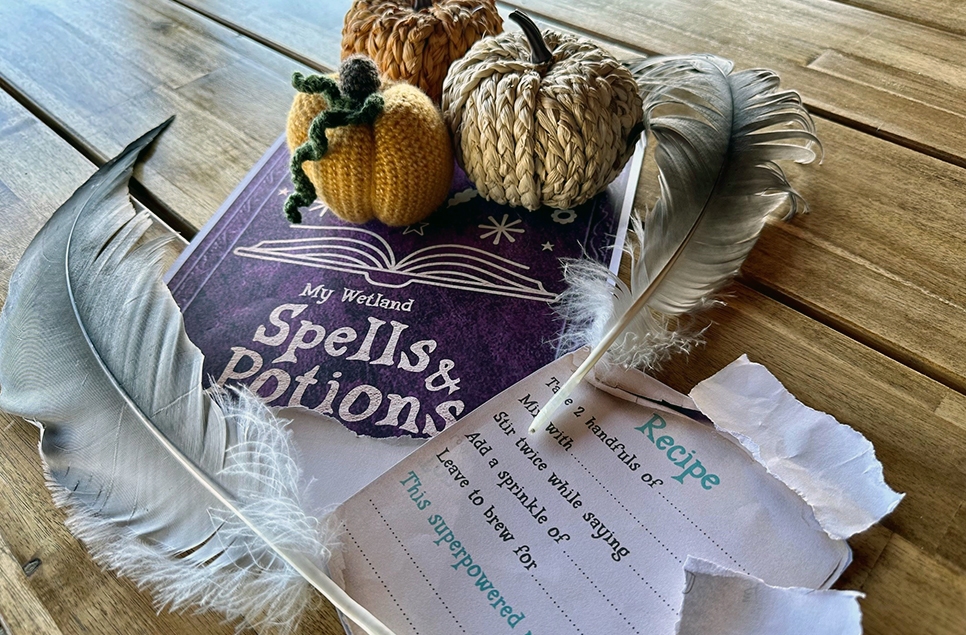Death in the petal: all about crab spiders
June is a fantastic month to spot these creatures, as both males and females mature in the late Spring and early Summer.
Summer paths hum with pollinating wings as a late spring worships the sun. An azure damselfly, reflections of sky, comes to rest on the soft white petals of the oxeye daisy, and kaleidoscopic eyes keep watch. The daisy pounces, catching the damsel with powerful forelimbs as venom injects. An array of eyes upon eight legs, the crab spider feasts on its flower throne.
Eagle-eyed visitors have been sharing their recent sightings and photos of these magnificent, other-worldly creatures. Read on to find out more about this beautiful species of spider.

Origins
Crab spiders Misumena vatia are an enigmatic species of spider that reside in the southern regions of the UK, and our Millennium Wetlands reserve at WWT Llanelli is the perfect habitat to find these amazing creatures. Crab spiders are named after their ability to scuttle sideways, and long, pincer-like forelimbs which they use to restrain all manner of winged prey from bumble bees to butterflies. Males have a body length of 3-4mm, but the females are a much larger 9-11mm, with the species preferring habitats such as gardens, flower meadows and woodland scrub.

June is a fantastic month to spot these creatures, as both males and females mature in the late spring and early summer. The smaller male crab spiders are less hunters and more travellers, foraging pollen and climbing stems to find females to mate with. A male locates the female by silk trails which she leaves behind when moving from flower to flower, and once mated, the female overturns a petal to create a pouch for her eggs, which she defends until death. The spiderlings hatch roughly three to four weeks after the eggs have been laid and will have a lifespan of just under two years.

The Wild Hunt
Flower crab spiders are ambush predators that use strength, speed, and venom to hunt. Victims are subdued with powerful forelimbs before venomous jaws slurp the insides of the unfortunate pollinator, often leaving a husked and grizzly reminder to haunt the dreams of dragonflies that venture too close to the death trap.

Females have even been observed to imitate a flower entirely, balancing on bare stems and stretching out their legs in a lethal acrobatic display to lure pollinators. The agility required to lure, catch, and subdue prey much larger than themselves is one of nature’s most incredible feats of athleticism.

Photo credit: Serian Ganesh
Crab spiders can also change the pigmentation of their skin to match their floral background (on a spectrum from white to yellow), which is an extremely rare trait among spiders and a fantastic adaptation for their hunting method. Crab spiders change pigmentation to camouflage themselves from both unsuspecting prey and potential predators, such as birds and wasps, enabling them to vanish into the technicolour verges of late spring and summer.

Sparing Thoughts
Crab spiders can be found anytime from now until late August, so next time you find yourself visiting our Millennium Wetlands this June, pay heed to the Oxeye Daisy and Yarrow among the green. You may find an array of eyes in the petal, sparing thoughts for the damsels, to whom such eyes are the last they'll ever see.

A huge thanks to the members of WWT Llanelli Wetland Centre Photo Club for supporting us with their wonderful images. If you'd like to join our Facebook group, please click the link below. We'd love to see your photos!



